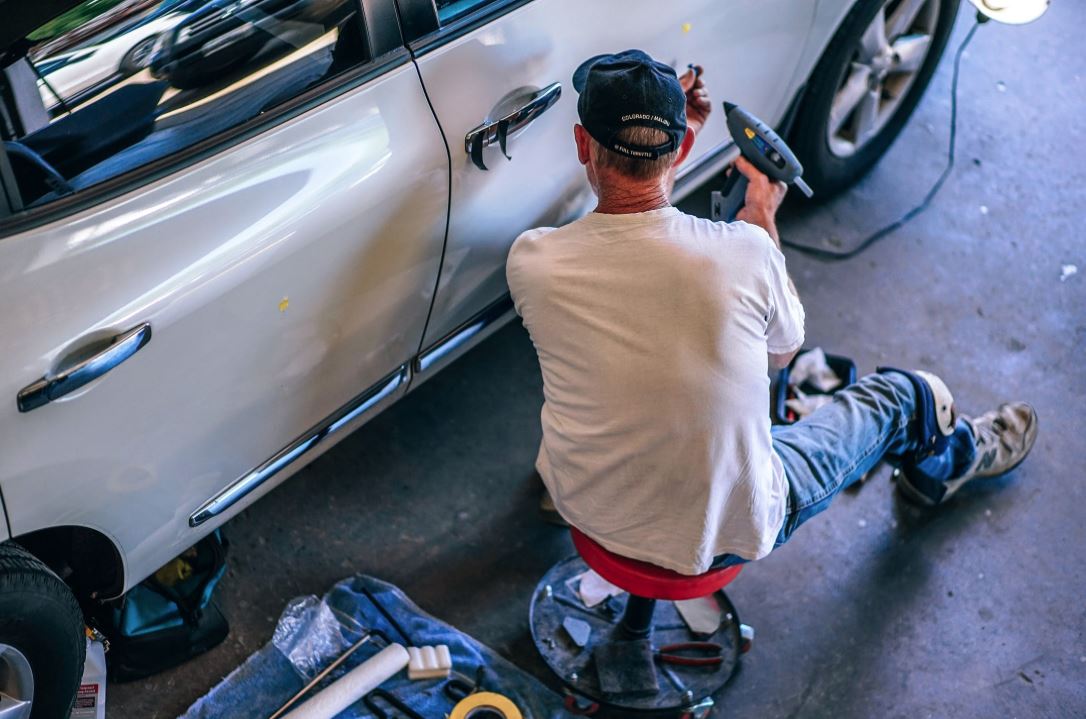Oil and gas pipelines are used around the world to transport the products that fuel our everyday lives. Pipelines are used to bring us the transportation fuels that keep us on the move, the natural gas that heats our homes and businesses, and the crude oil that is used to manufacture plastics, electronics and more.
There are four primary types of pipelines used to transport oil and gas products:
-
Gathering Lines
Gathering lines are used by oil and gas producers to deliver product from the well to the processing plant. They are usually only 10-30 centimeters in diameter, and can carry liquids or gases, depending on the operation.
-
Feeder Lines
Feeder lines are used to move petroleum products from processing facilities or storage tanks to the transmission pipelines.
-
Transmission Lines
Transmission pipelines are used to transport oil and gas products from the producer to market. They often carry products large distances, for instance across provincial or international borders, and they range in diameter from a few centimeters to over a meter. Transmission pipelines are usually buried underground.
-
Distribution Lines
Distribution lines are used to transport natural gas directly into homes and businesses. Next time you turn on the gas in your home, pause for a moment to consider that this product, which you rely on for heat or to cook with, has come to you almost directly from the ground through a series of pipelines!
Fun pipeline fact: In Canada there are so many underground pipelines that they could circle the earth about 20 times if laid end to end at the equator.
Why transmission pipelines are unique
Gathering, feeder and distribution lines are all tools used by oil and gas operators to move their product from A to B. The operation of those pipelines is not their primary business.
Transmission pipelines differ, because they are operated by pipeline companies whose primary business is to move product for their customers. Because these transmission pipeline companies are specialists in the field of pipeline operations they have a very high safety record.
If you would like to know more about pipelines check out the websites of Energy Education, The Canadian Energy Pipeline Association and the Canadian Association of Petroleum Producers.






